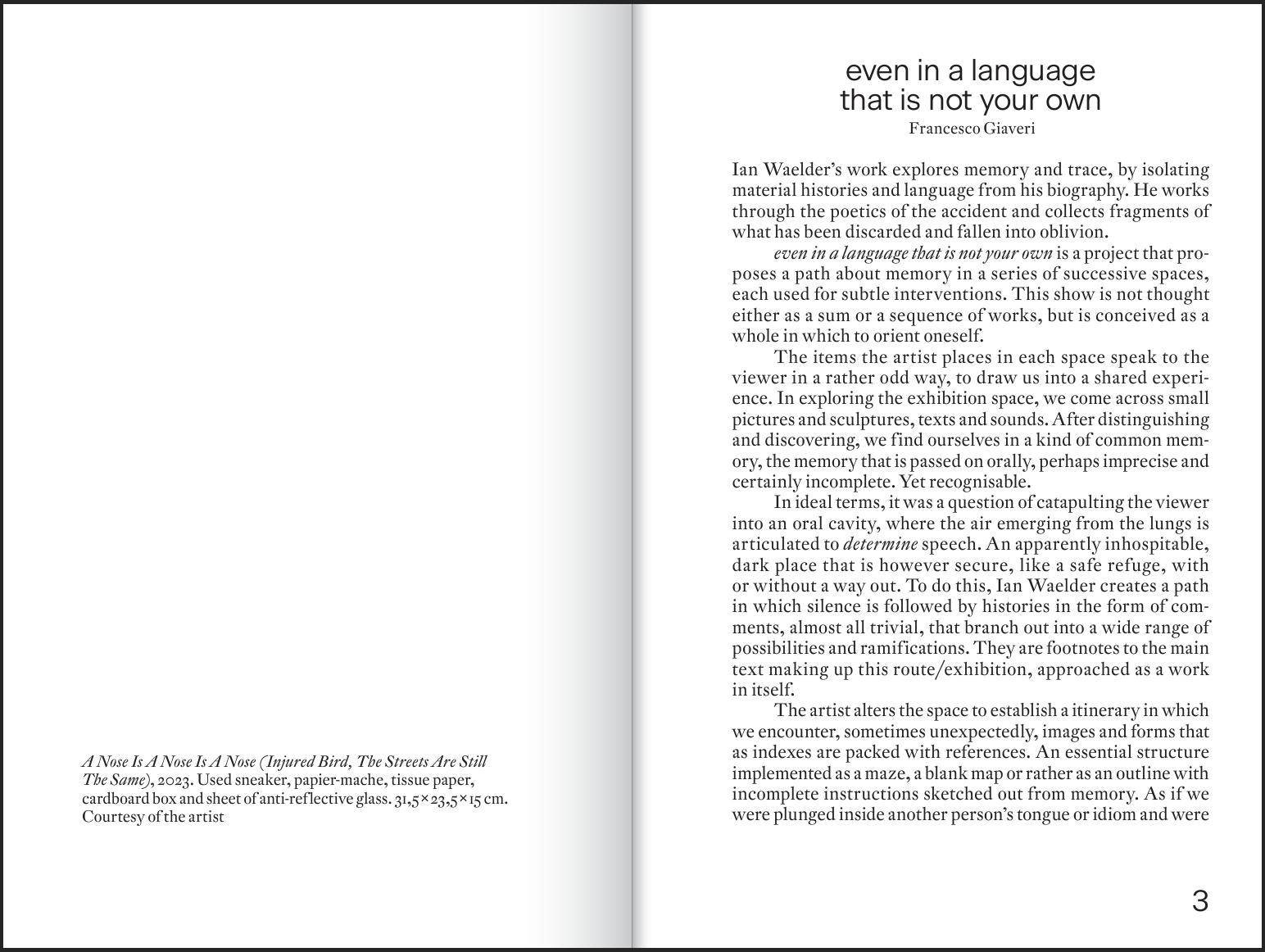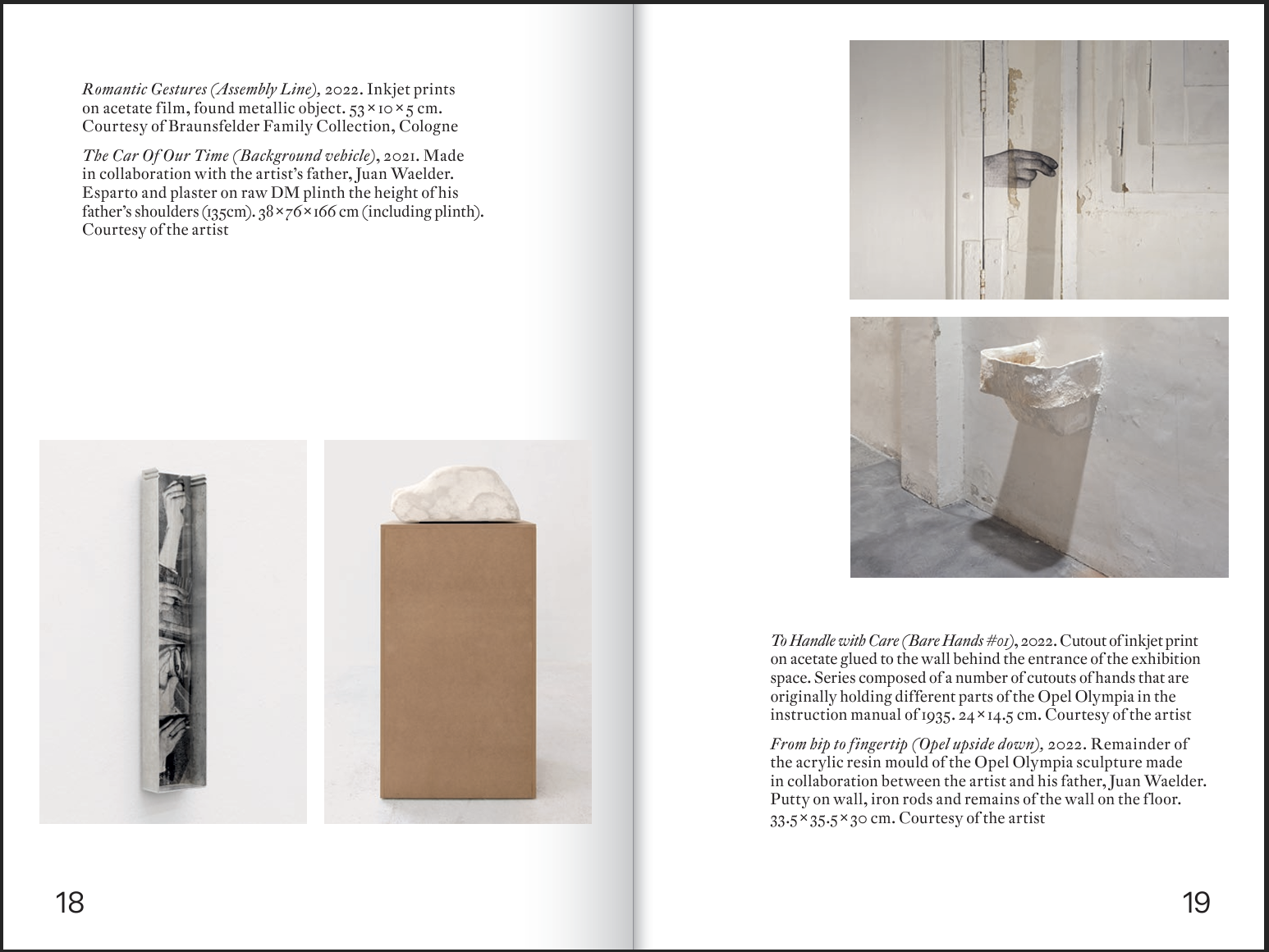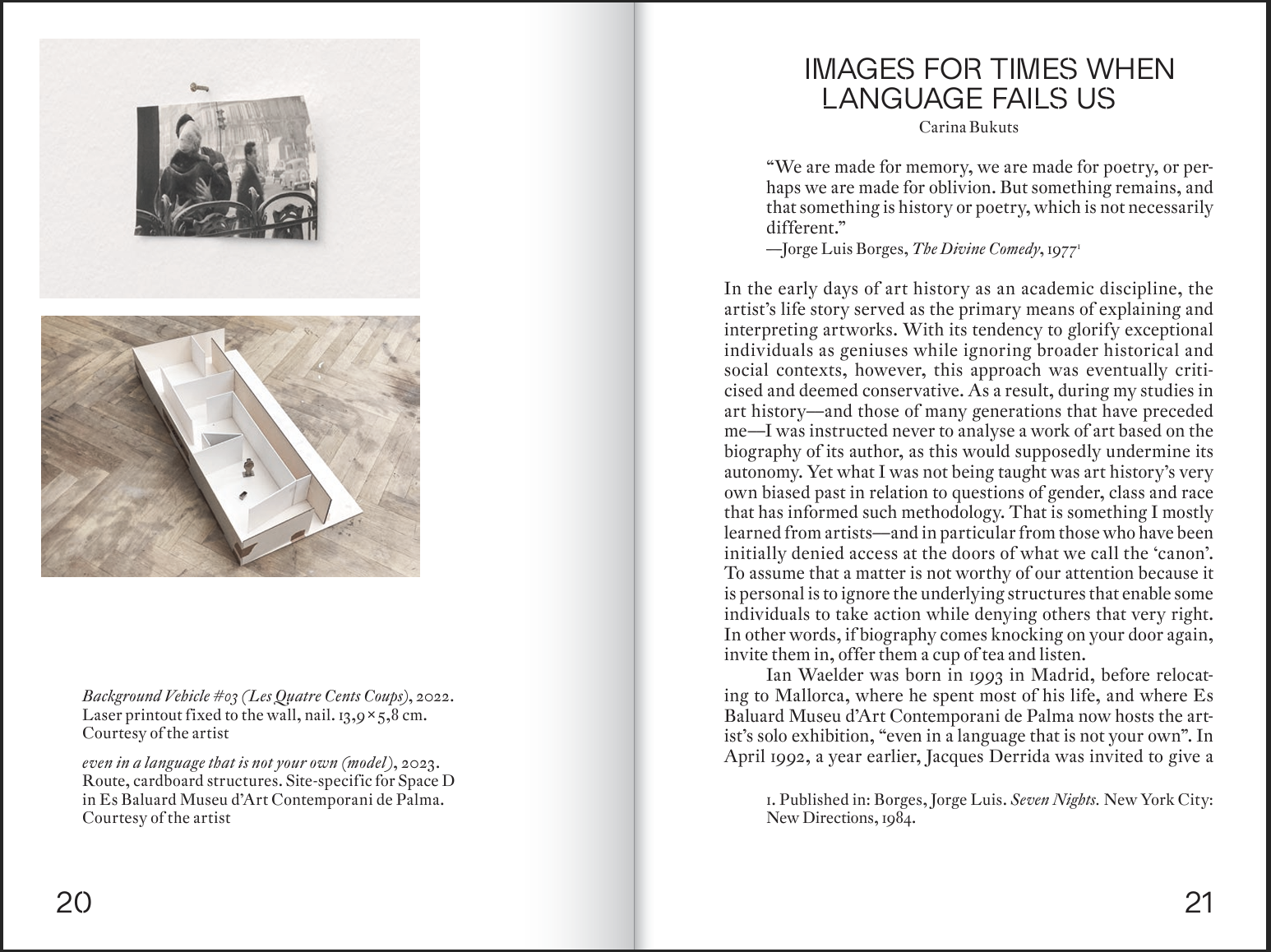even in a language that is not your own
Es Baluard Contemporary Art Museum
Palma, ES
︎ Review by Emile Rubino. PROVENCE Magazine Newsletter (February, 2024)
︎ Review by Phin Jennings. émergent magazine (January, 2024)
︎ Words by Chus Martínez, Instagram (January, 2024)
︎ Full documentation at Art Viewer
︎ Full documentation at Kuba Paris
Text:
Palma, ES
19.10.2023 – 18.02.2024
Exhibition curated by Francesco Giaveri
Press:Exhibition curated by Francesco Giaveri
︎ Review by Emile Rubino. PROVENCE Magazine Newsletter (February, 2024)
︎ Review by Phin Jennings. émergent magazine (January, 2024)
︎ Words by Chus Martínez, Instagram (January, 2024)
︎ Full documentation at Art Viewer
︎ Full documentation at Kuba Paris
Text:
Ian Waelder (Madrid, 1993) works by collecting fragments of materials and seemingly fictional stories that have been cast aside and lost to memory. His art explores often intertwined lines of thought, from accidental poetry to memories fashioned from remains or traces left behind, picking out small material stories and stretching the possibilities of language through his life and work.
“even in a language that is not your own”, his new project for Es Baluard Museu, begins by researching his family tree, reflecting on recent history and drawing parallels between body and machine, while also inviting us to reflect on our bearings, speech and insignificant gestures that can replace words.
In this show, Waelder leads visitors along a path and structure far removed from both the museum and the hustle and bustle of everyday life. They are taken on a journey through a kind of interzone, a space between the real and the imaginary. This space might be an oral cavity or the engine room for an abstracted yet strangely familiar place where speech is materially articulated.
History is inevitably viewed through a personal prism. Waelder embarks on a quest filled with stories, casual asides that throw open a dazzling array of prospects and detours, almost as footnotes to the main text.
This path forms a single space in which visitors have to reorient themselves. The physical structure of this transitory passage contains a series of interventions, images and sculptures consciously articulated without any logical sequence or discourse. Rather it is designed as a whole in which first to lose yourself, before gradually regaining your bearings and eventually finding a route.
The show’s underlying structure is like a labyrinth, a blank map, a sketch with enigmatic or laconic elements that the viewer has to decipher—short notes scrawled from memory or written in pitch darkness.
The artist uses the means at his disposal to engage the audience and nudge them towards a mutual experience, a kind of shared memory passed on orally, perhaps unprecise and surely incomplete. And yet somehow clearly recognisable.
We find ourselves in a kind of suspended interzone, as if conveyed to someone else’s speech and language—a place where, despite initially losing our habitual references, we are surprised to recognise understandable and even familiar surroundings. The exhibition format was conceived as an oral discourse that continuously appeals to the personal and the political, introducing us to a language that whispers along with every step, revealing traces and fragments lying in wait for us.
– Francesco Giaveri,
curator of the exhibition
![]()
![]()
![]()
“even in a language that is not your own”, his new project for Es Baluard Museu, begins by researching his family tree, reflecting on recent history and drawing parallels between body and machine, while also inviting us to reflect on our bearings, speech and insignificant gestures that can replace words.
In this show, Waelder leads visitors along a path and structure far removed from both the museum and the hustle and bustle of everyday life. They are taken on a journey through a kind of interzone, a space between the real and the imaginary. This space might be an oral cavity or the engine room for an abstracted yet strangely familiar place where speech is materially articulated.
History is inevitably viewed through a personal prism. Waelder embarks on a quest filled with stories, casual asides that throw open a dazzling array of prospects and detours, almost as footnotes to the main text.
This path forms a single space in which visitors have to reorient themselves. The physical structure of this transitory passage contains a series of interventions, images and sculptures consciously articulated without any logical sequence or discourse. Rather it is designed as a whole in which first to lose yourself, before gradually regaining your bearings and eventually finding a route.
The show’s underlying structure is like a labyrinth, a blank map, a sketch with enigmatic or laconic elements that the viewer has to decipher—short notes scrawled from memory or written in pitch darkness.
The artist uses the means at his disposal to engage the audience and nudge them towards a mutual experience, a kind of shared memory passed on orally, perhaps unprecise and surely incomplete. And yet somehow clearly recognisable.
We find ourselves in a kind of suspended interzone, as if conveyed to someone else’s speech and language—a place where, despite initially losing our habitual references, we are surprised to recognise understandable and even familiar surroundings. The exhibition format was conceived as an oral discourse that continuously appeals to the personal and the political, introducing us to a language that whispers along with every step, revealing traces and fragments lying in wait for us.
– Francesco Giaveri,
curator of the exhibition



︎︎︎ even in a language that is not your own
by Francesco GiaveriExcerpt:
“This exhibition is an oral cavity in the form of a box, offering a rummage through humble material with f lashes and fragments that aim to provide, through recognition, a shared memory. During the gestation of this project, we talked at length with the artist about Joseph Cornell’s surrealist boxes and imagined Hanne Darboven’s home-studio on the first day, when the whole space was still at the artist’s disposal.
We stopped at that point, when the air in the lungs had not yet reached the tongue or the teeth, in the physical, exact moment when you want to say something but have not yet done so. We are interested in the moment before: when you hear something but do not yet fully understand it… when personal items are shared and recognised but have not yet entered the distribution circuit.”
Click here for the full text.
︎︎︎ Images for Times When Language Fails Us
by Carina BukutsExcerpt:
“Waelder’s choice of materials is a ref lection on memory- building. By means of ordinary materials, such as plaster, glue, papier-mâché, an occasional streetwear shoe and pieces of cardboard, his sculptural work gives form to what has not been archived, photographed, recorded, written. In Injured Bird (The Streets Are Still the Same) (2023), a repurposed cardboard box not only speaks to its intended purpose as a container to hold and protect, but also to the notion of durability as such; a plaster-covered sneaker crumpled together reminds of an exhausted body on the ground while also considering the many movements and steps performed with it. Many of the objects the artist includes in his work do not necessarily come from his own findings, but are often given to him through the hands of others.”
Click here to read the full text.
︎︎︎ Conversation between
Francesco Giaveri and Ian Waelder
Excerpt:
FG: [...] Then I personally fall back on the Mike Kelley of The Trajectory of Light in Plato’s Cave (from Plato’s Cave, Rothko’s Chapel, Lincoln’s Profile), in which to get into the work and begin the journey you have to crouch down like a worm. The artist forces us to explore the visceral and the first thing necessary is to change posture (physically and mentally, of course), but isn’t this always necessary to establish a dialogue and share a narrative with another?
IW: Mike Kelley is certainly a very important inf luence. This physical and mental change of posture is always necessary, but faced with a certain passivity or habit you need to take things a little further. You’re touching on something that is crucial for me, and this consists of the gesture of challenging the viewer one way or another, for the audience not to just be a passive subject [...]”
Click here to read the full conversation.
Exhibition views :
As Far As I Can Recall, 2022–2023.
Whistling from memory the piano melody of Federico Waelder, the artist’s grandfather.
Audio track in loop spreading throughout the exhibition space and museum halls. 13:33 mins.
Whistling from memory the piano melody of Federico Waelder, the artist’s grandfather.
Audio track in loop spreading throughout the exhibition space and museum halls. 13:33 mins.



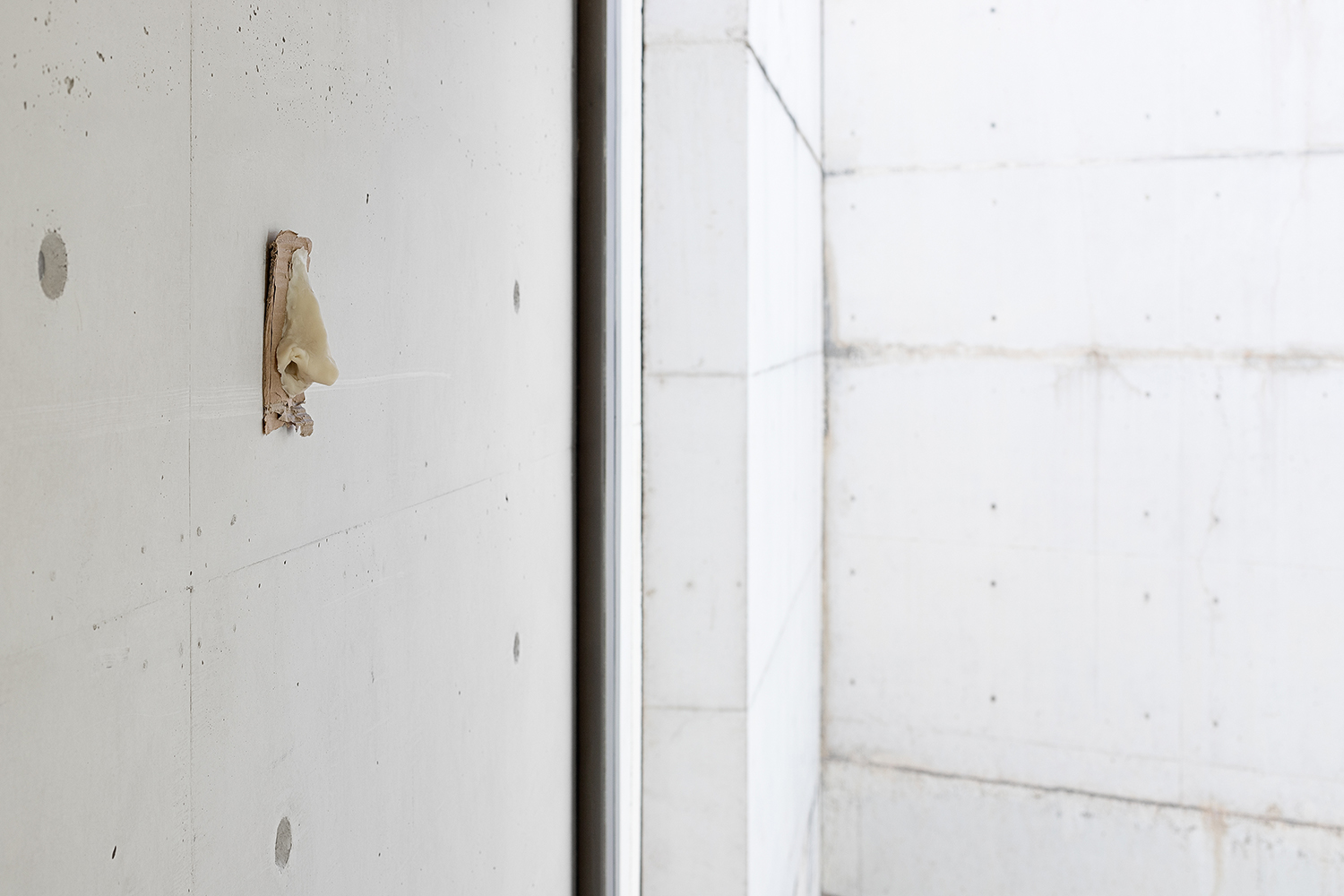

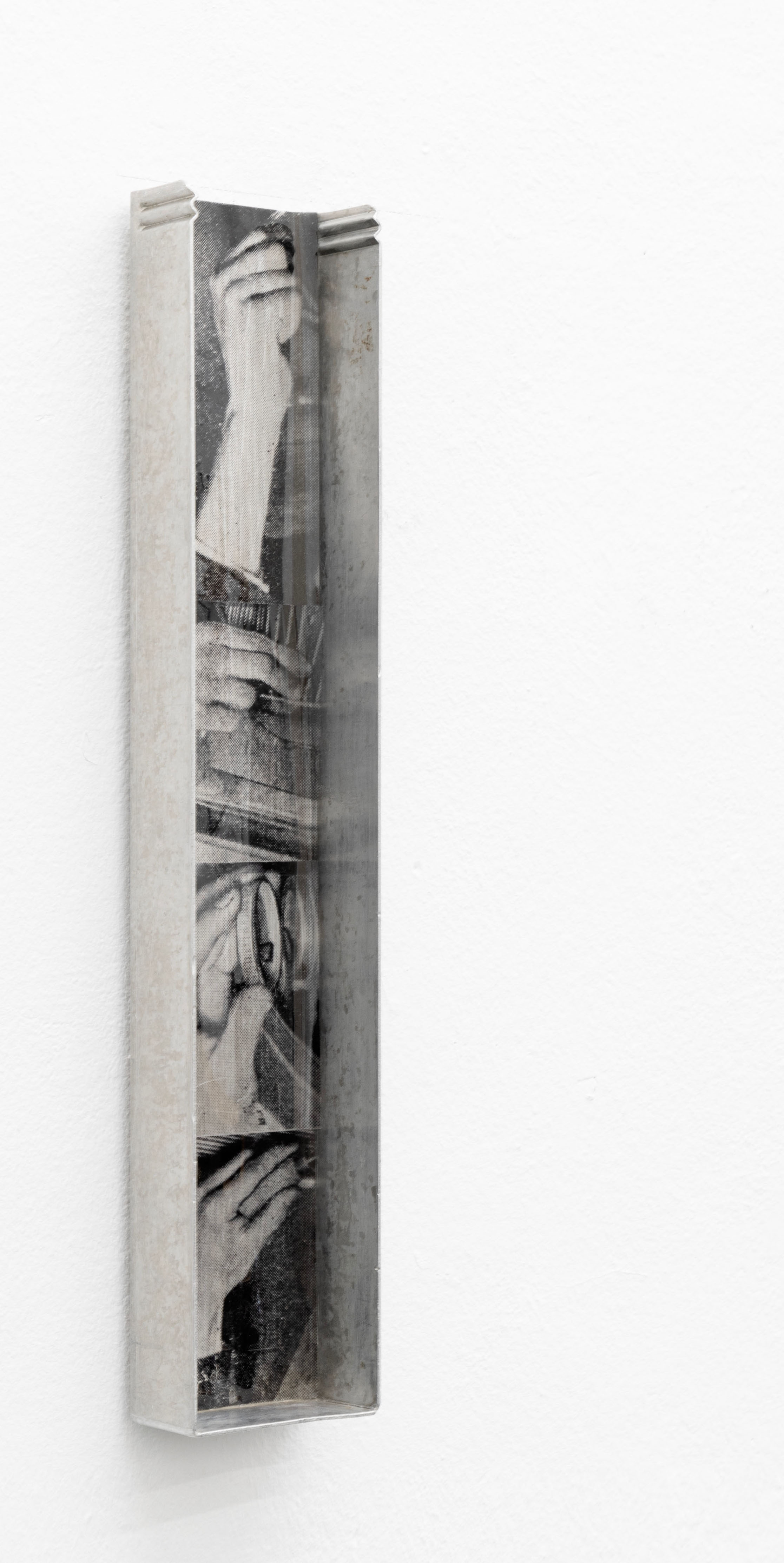


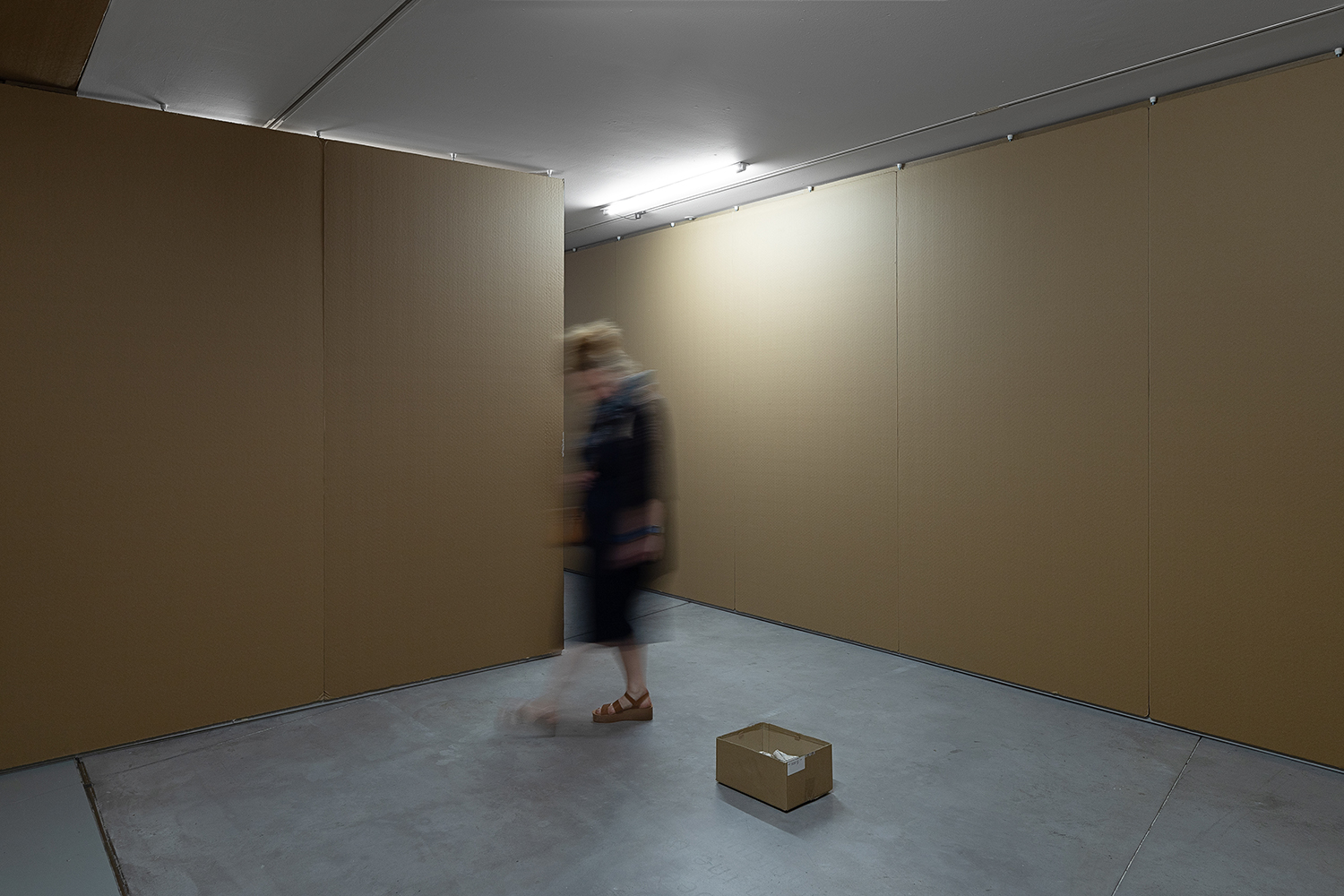













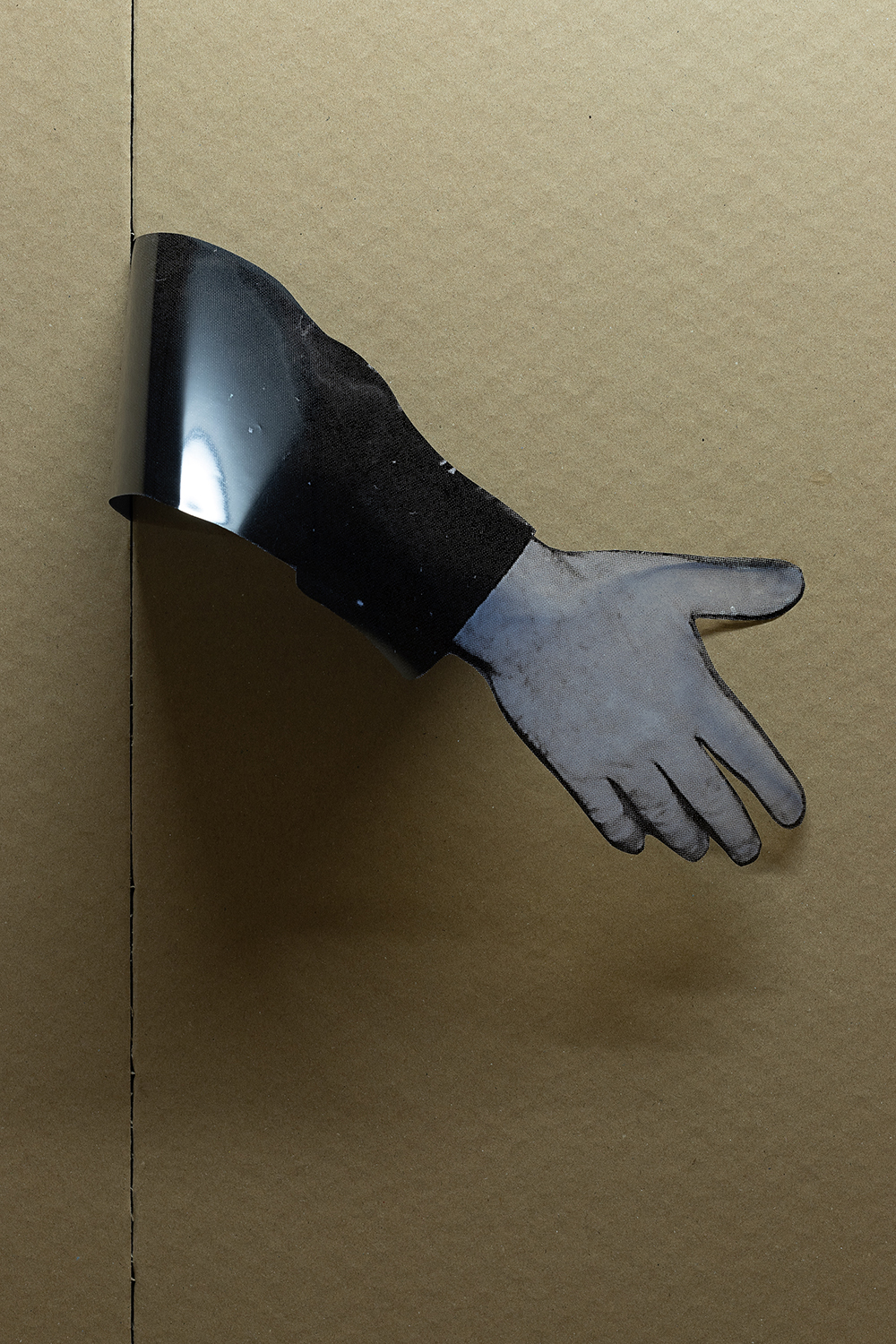




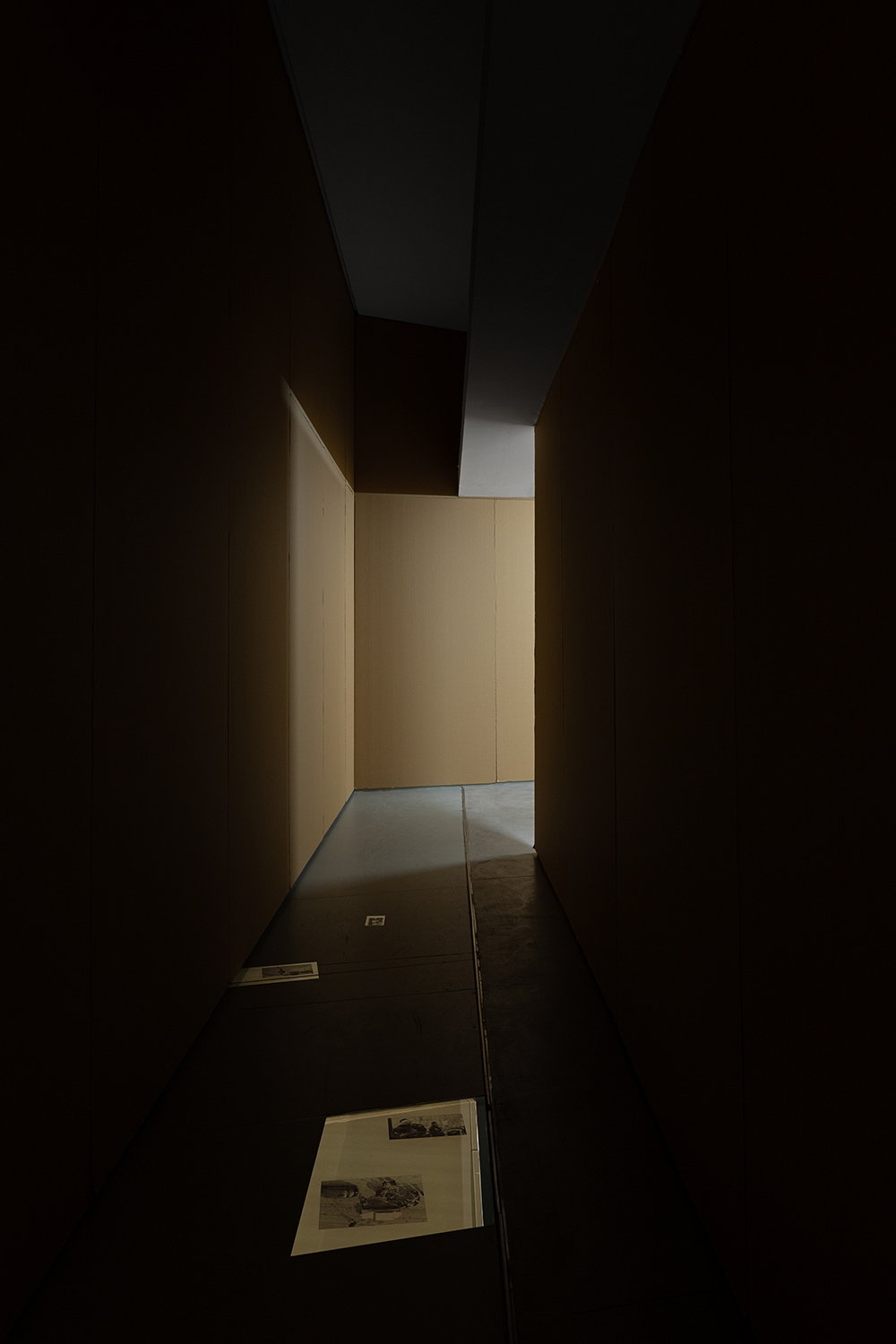



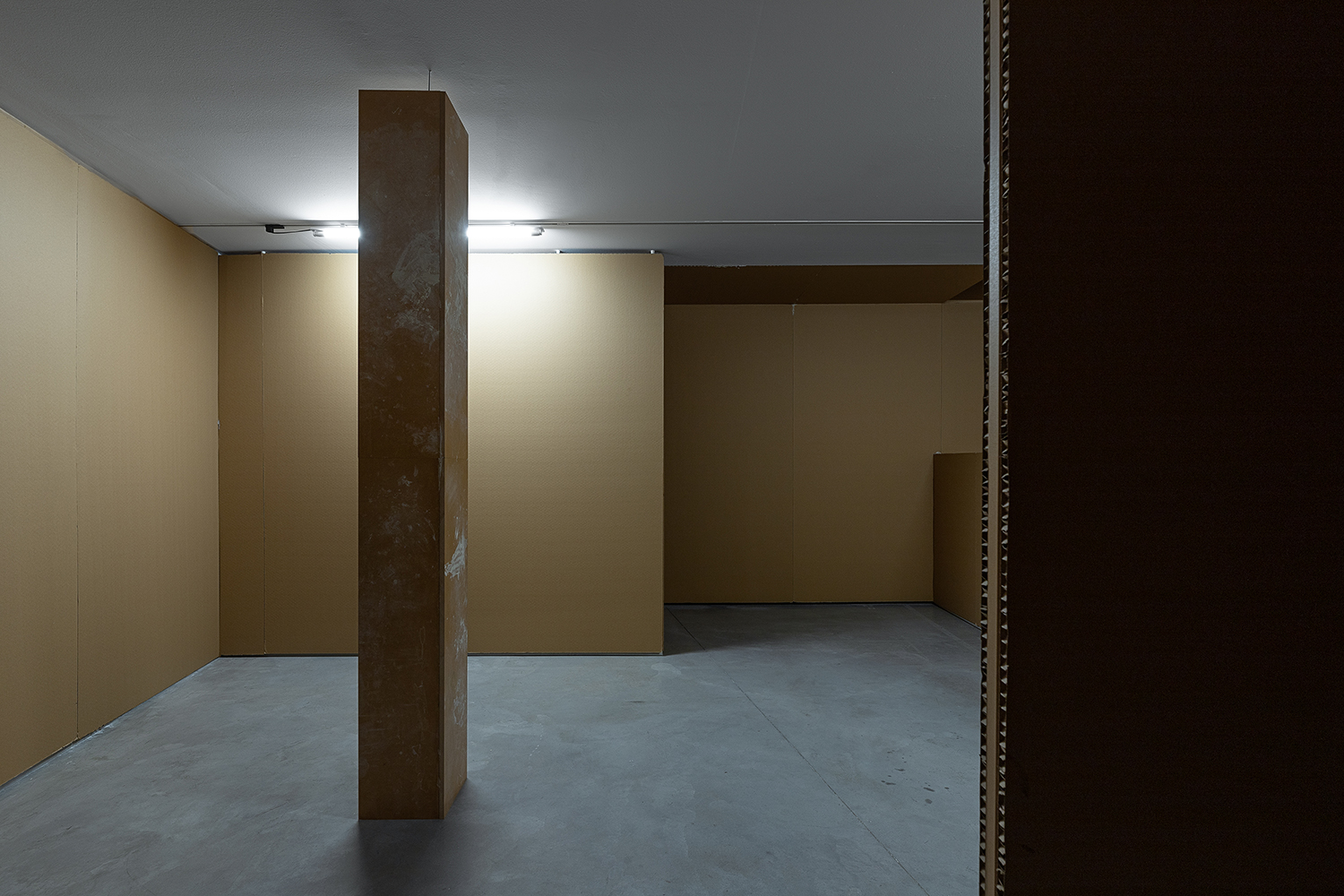



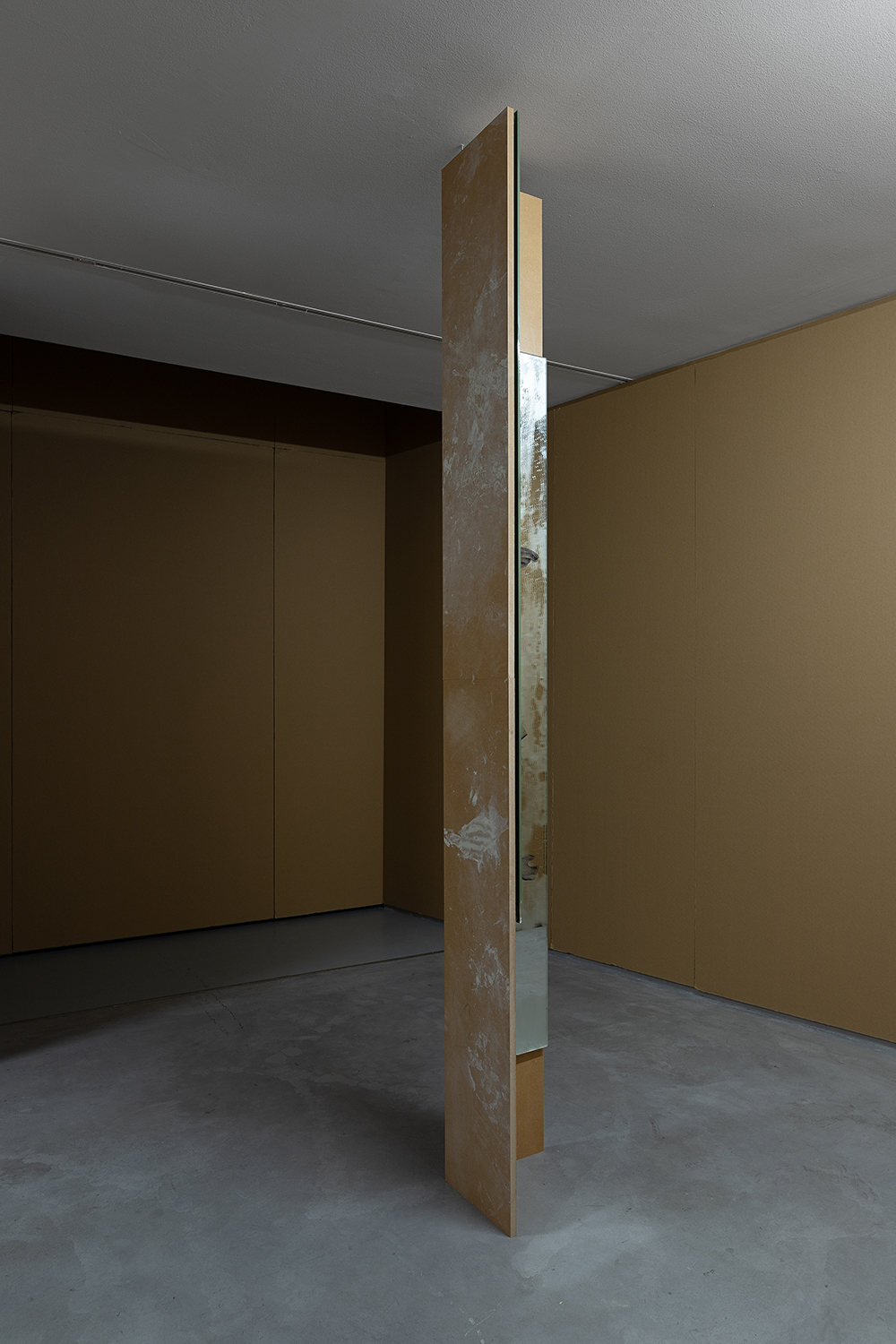




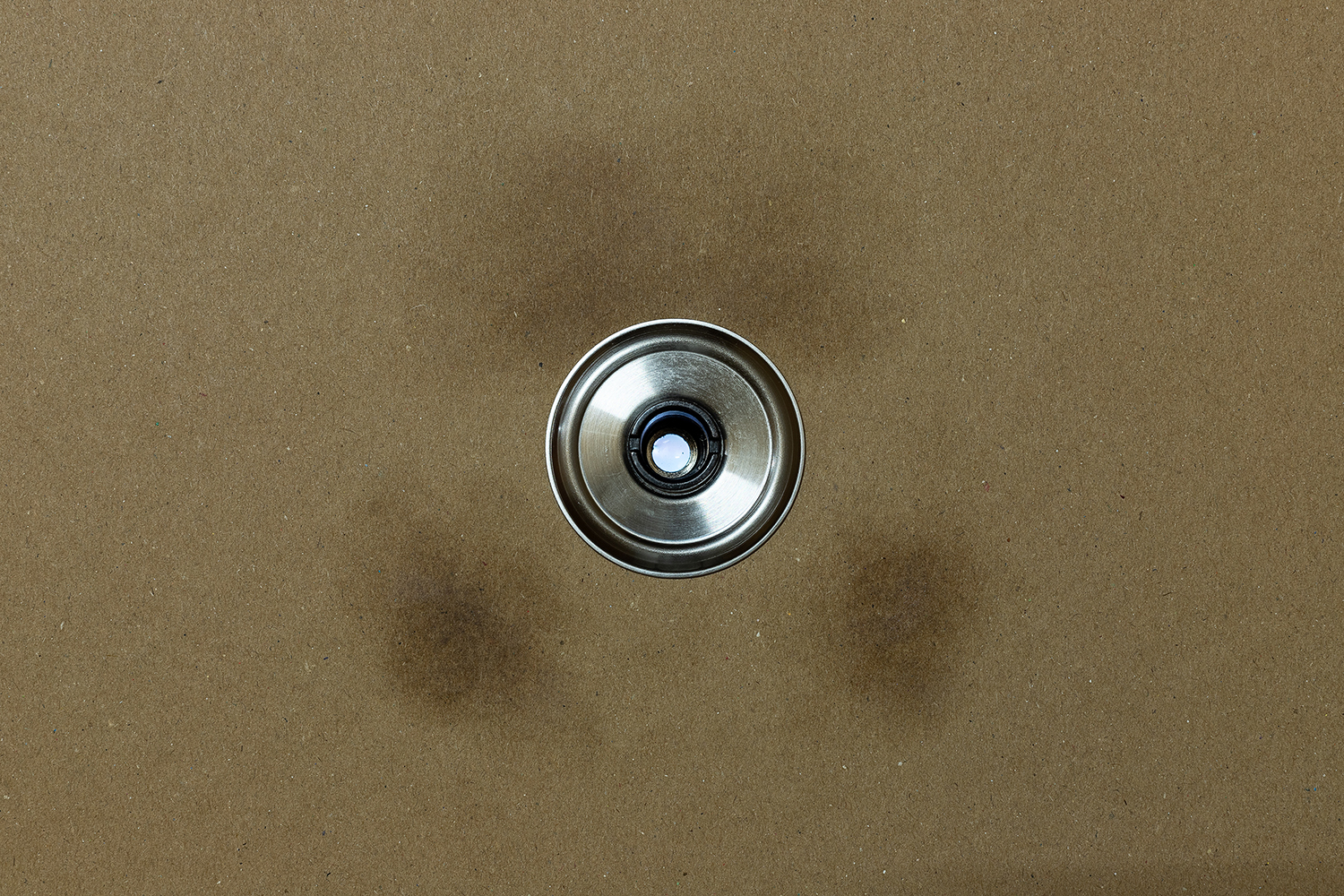

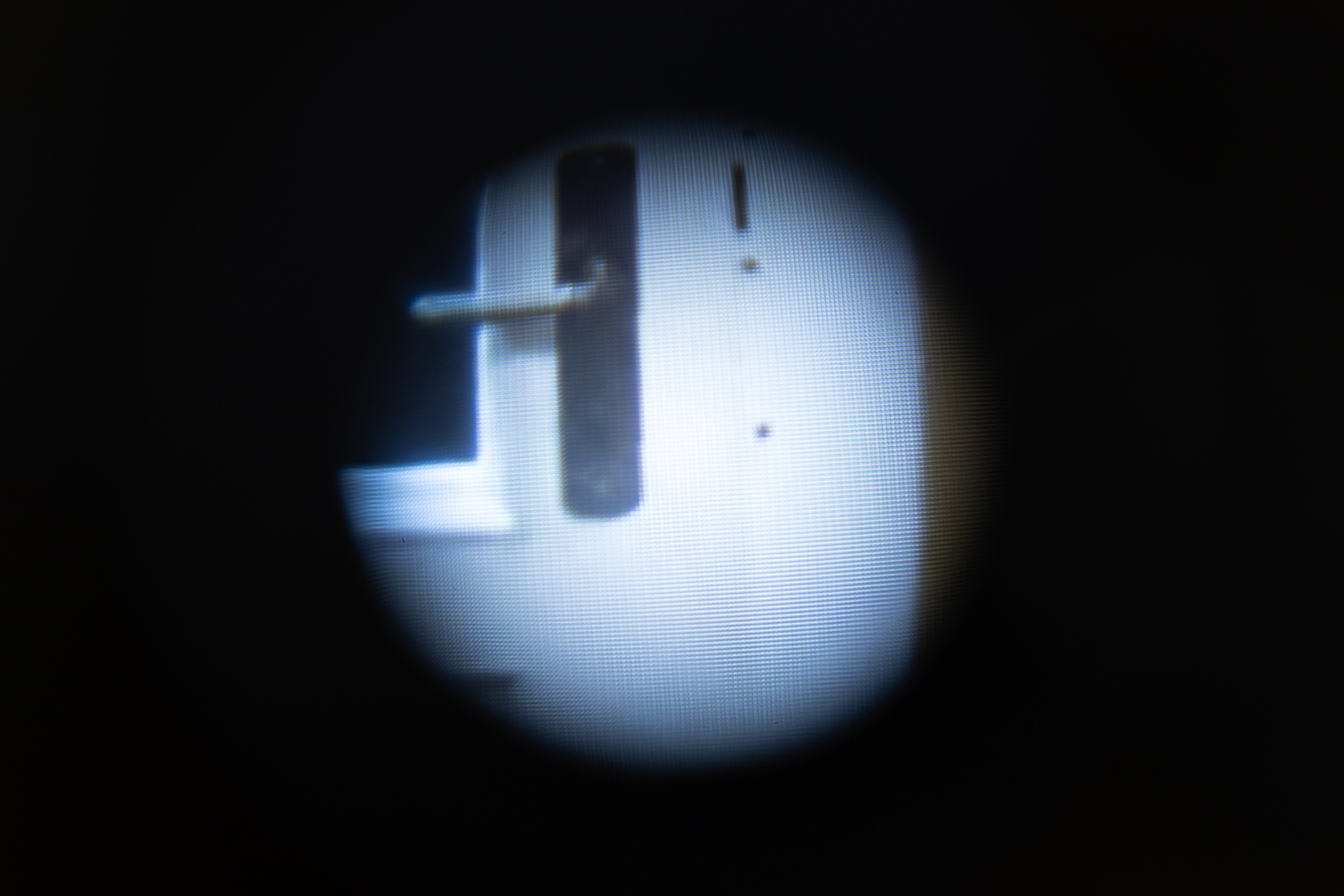


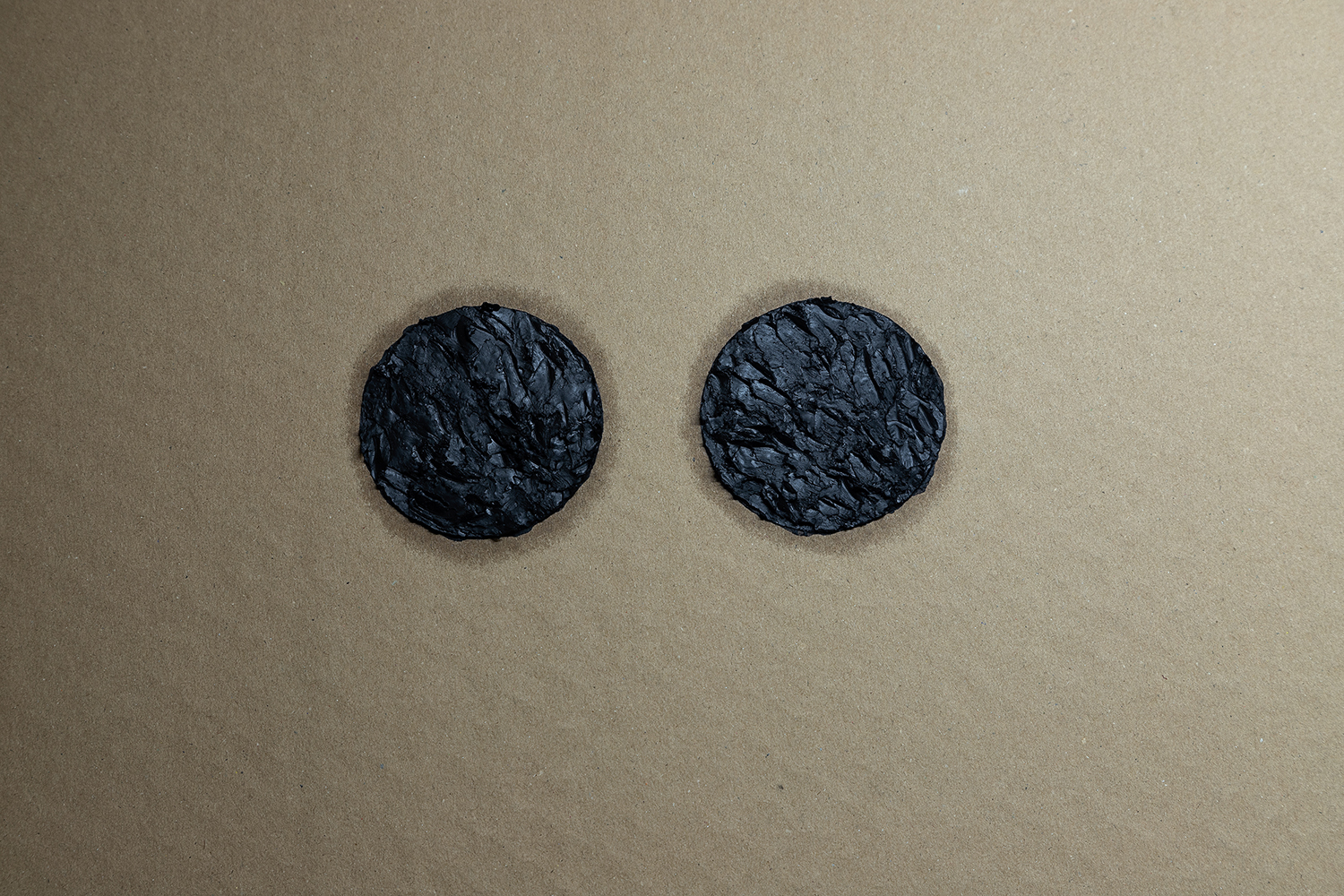
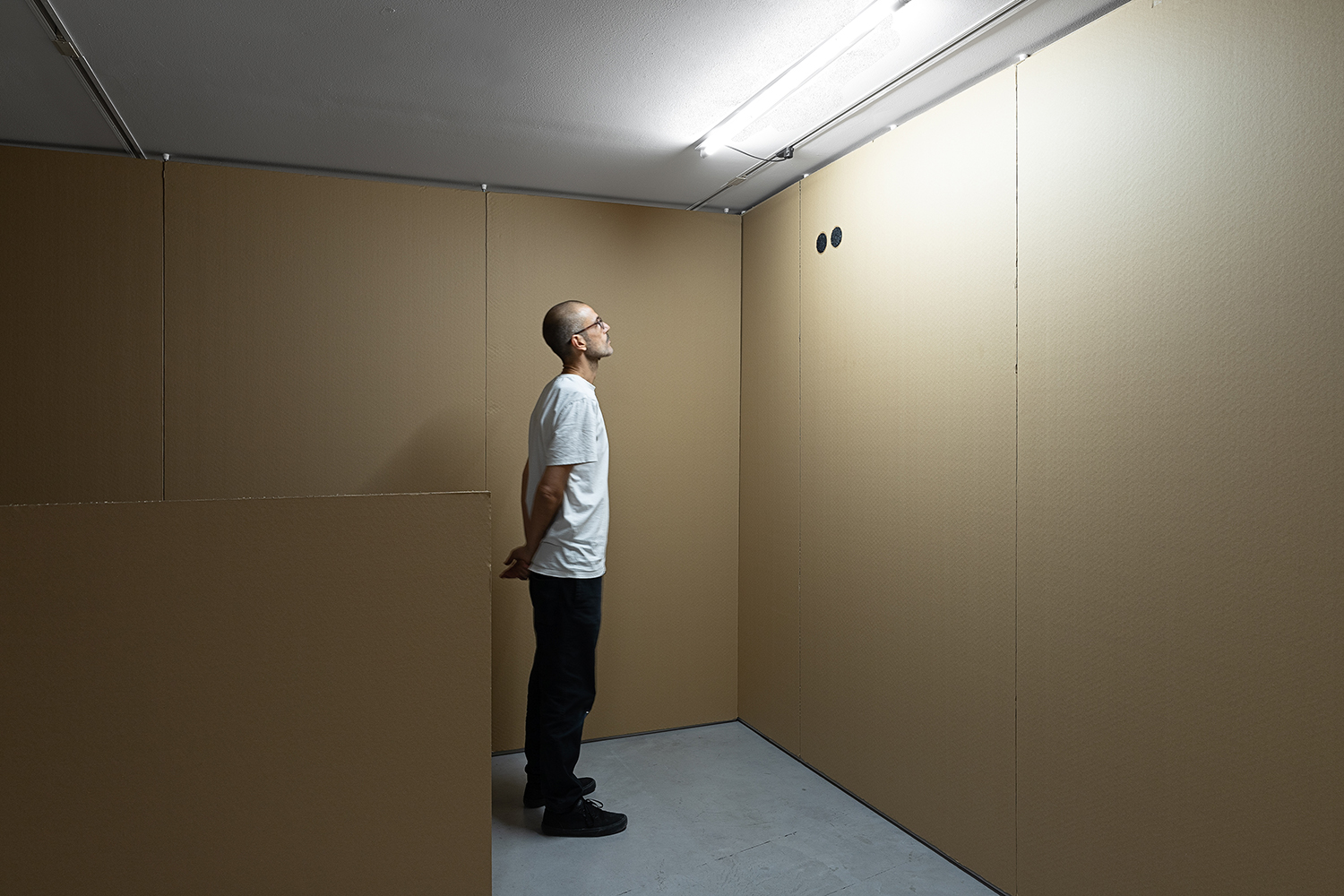


List of works:


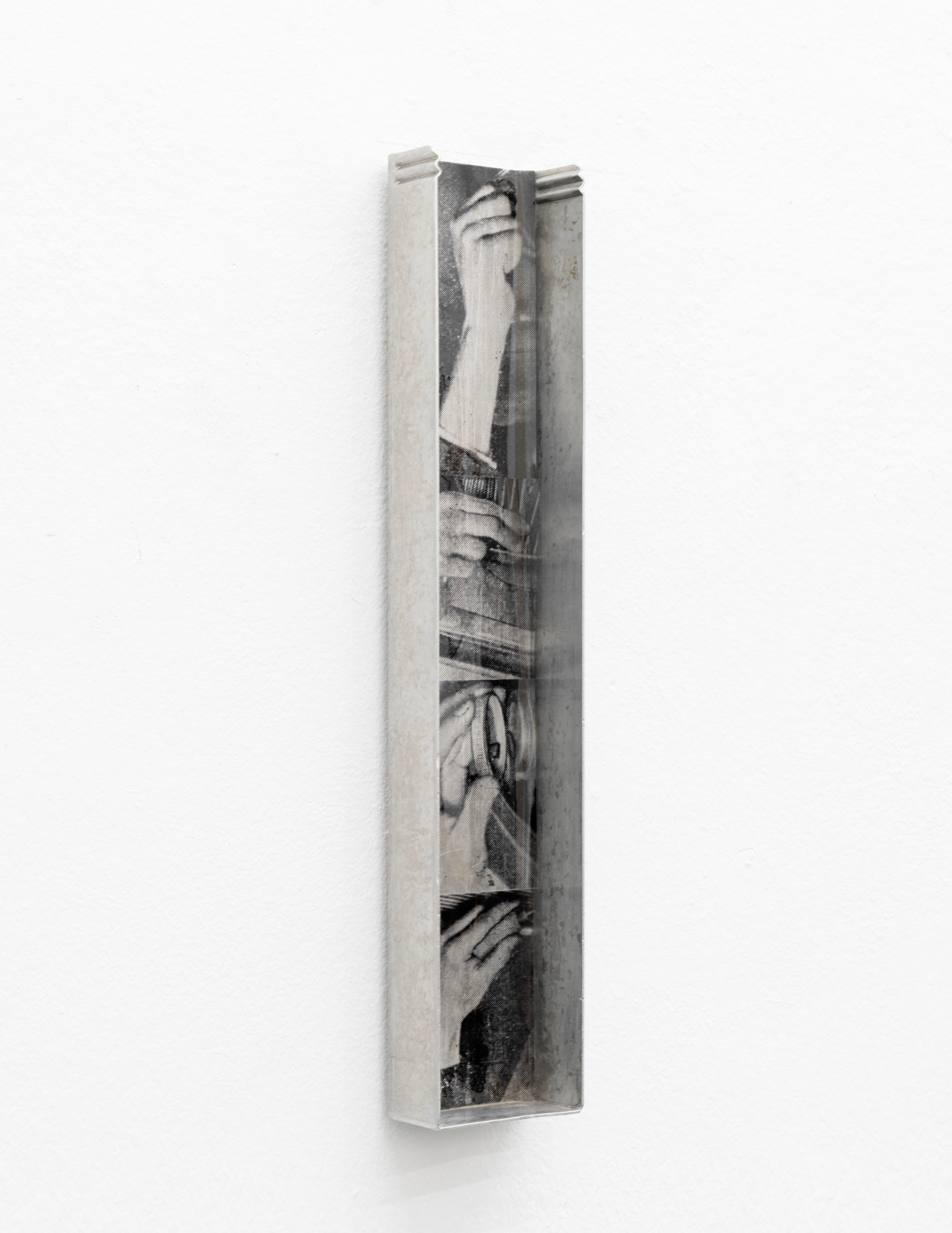



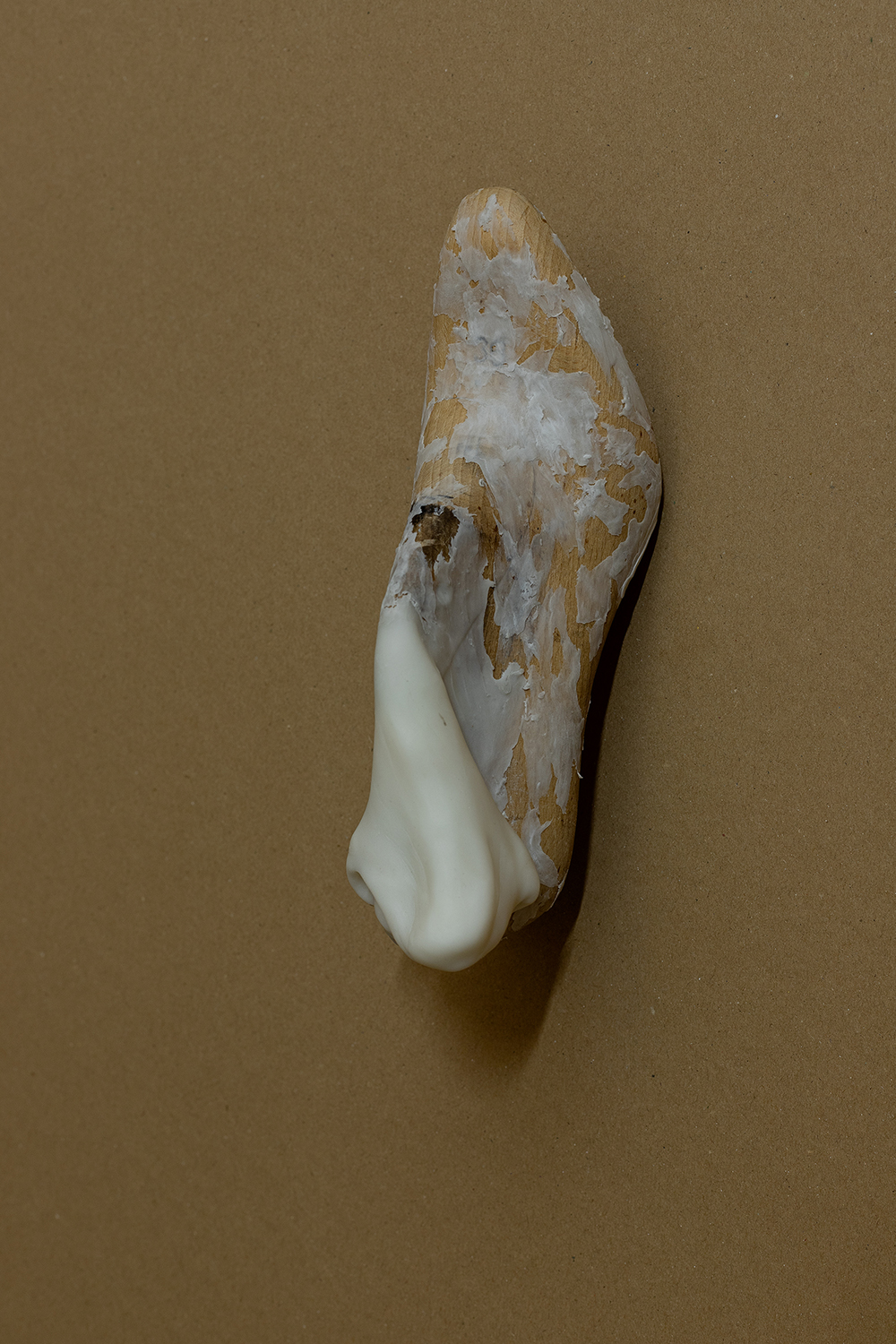






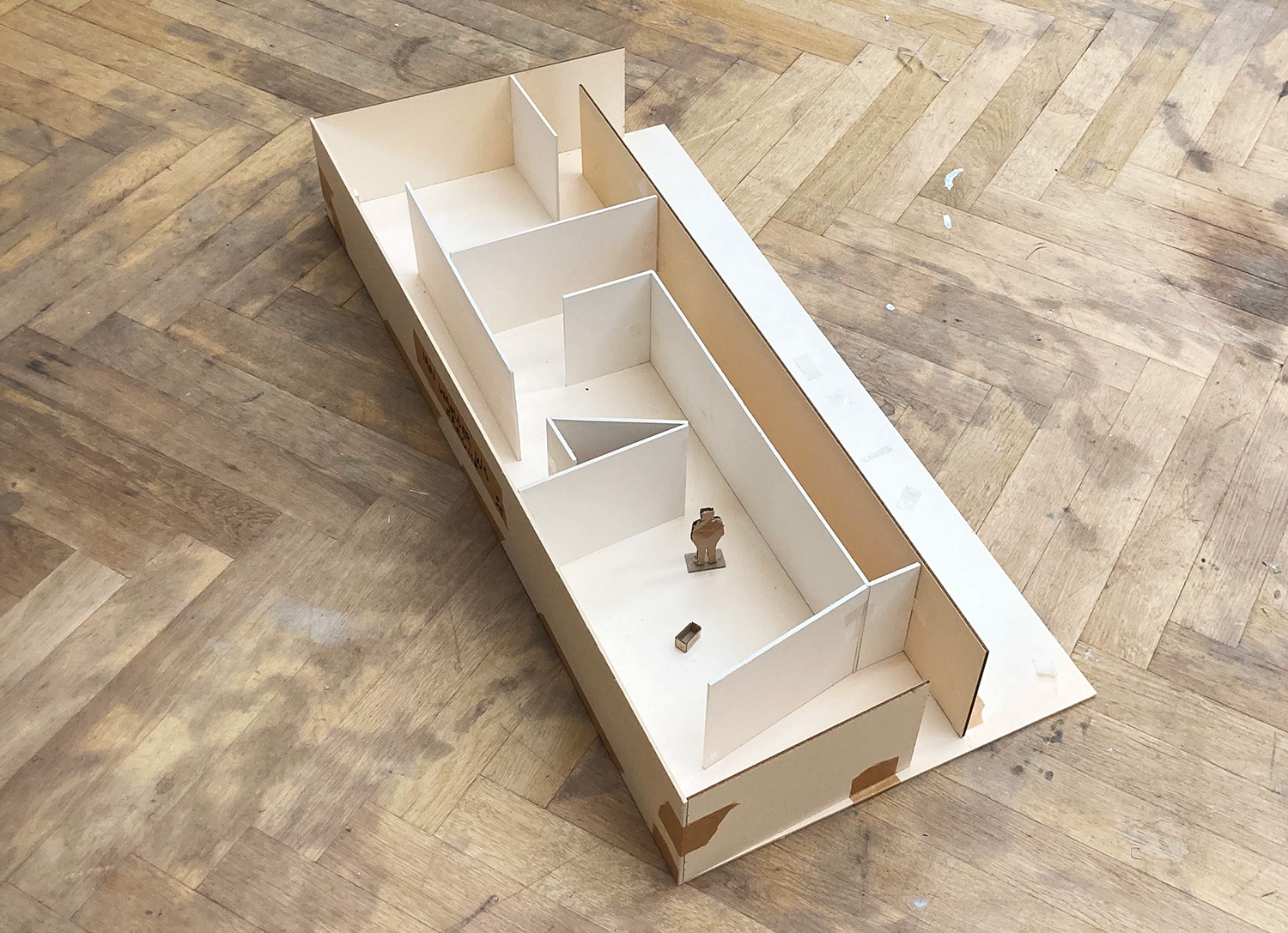
Photography by Juan David Cortés.

